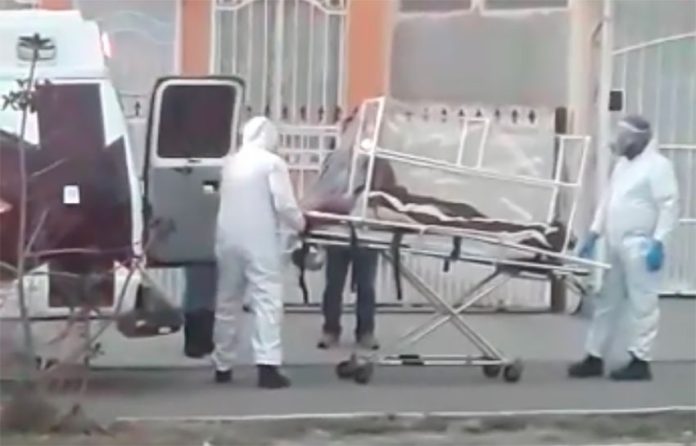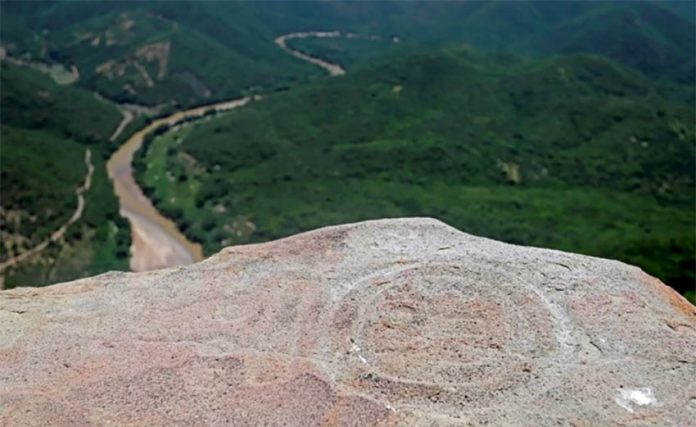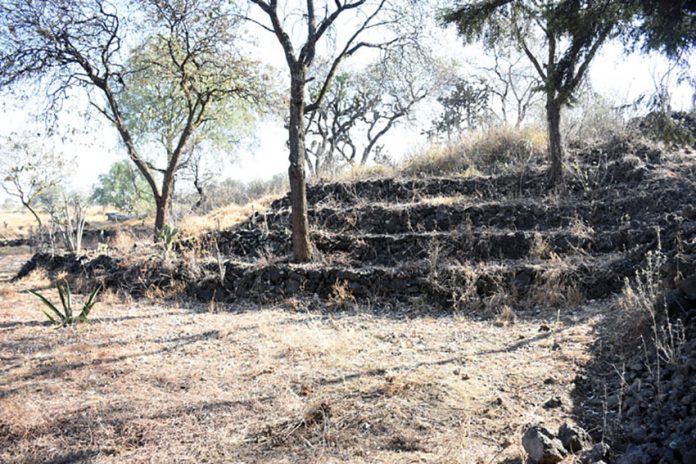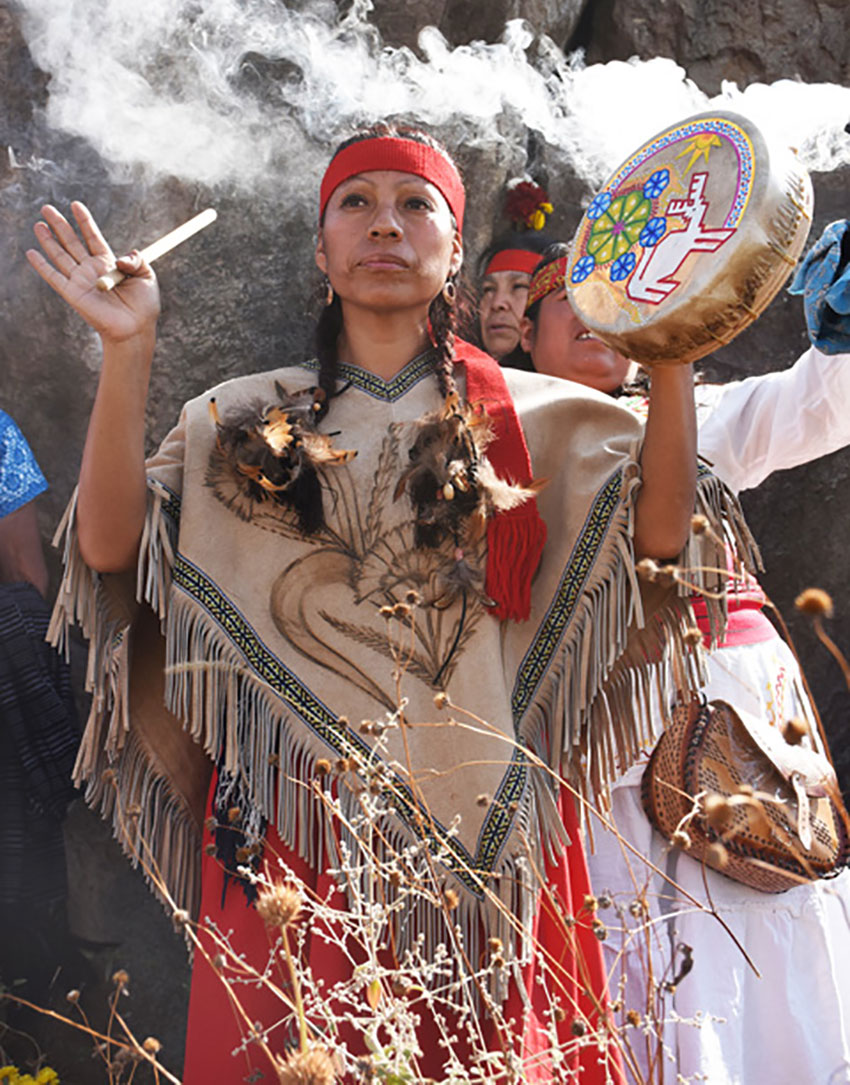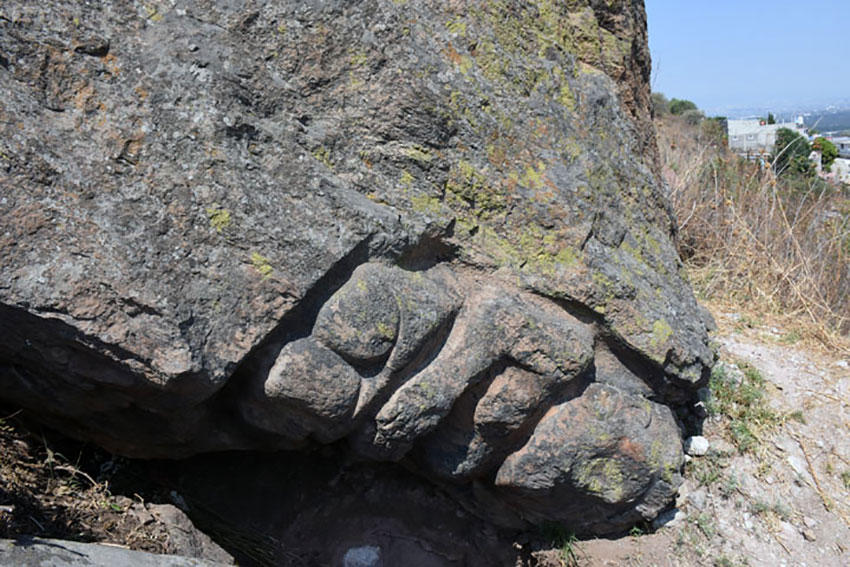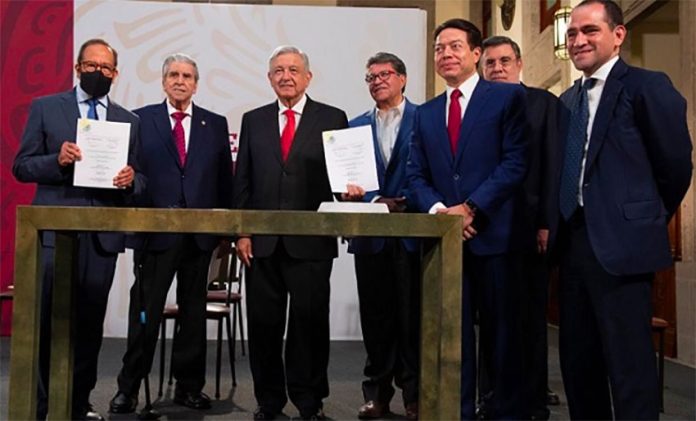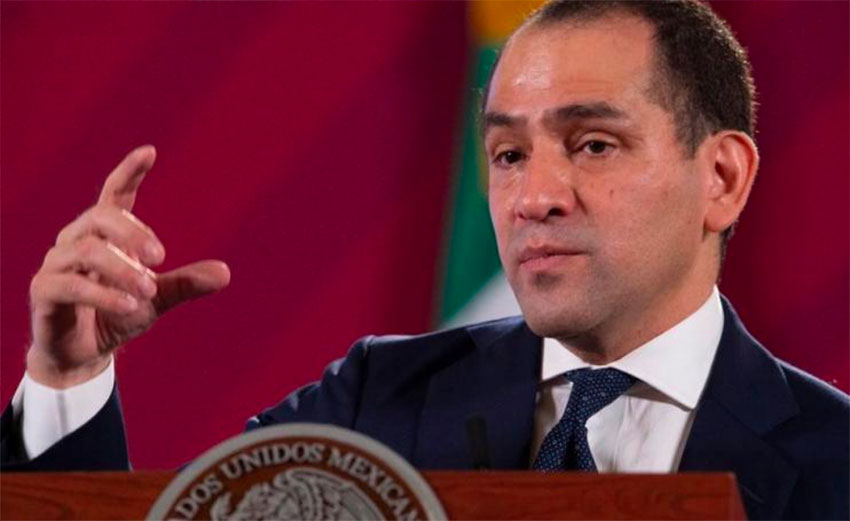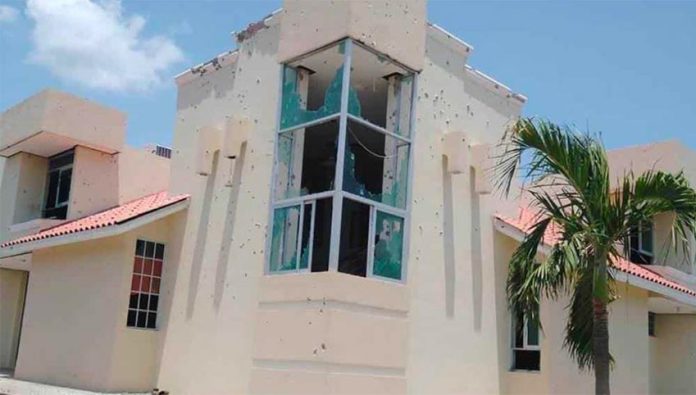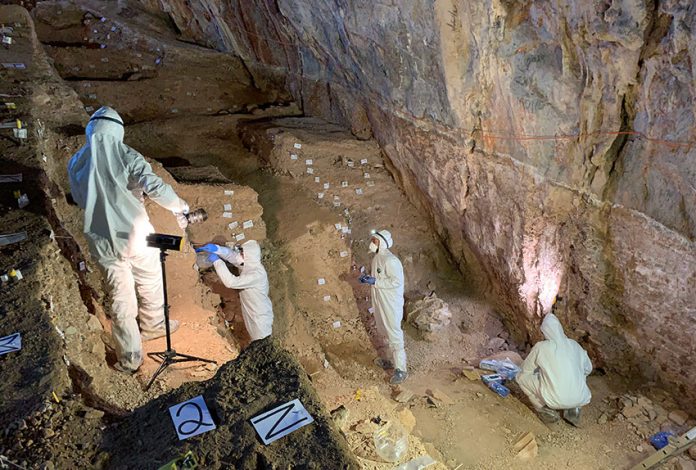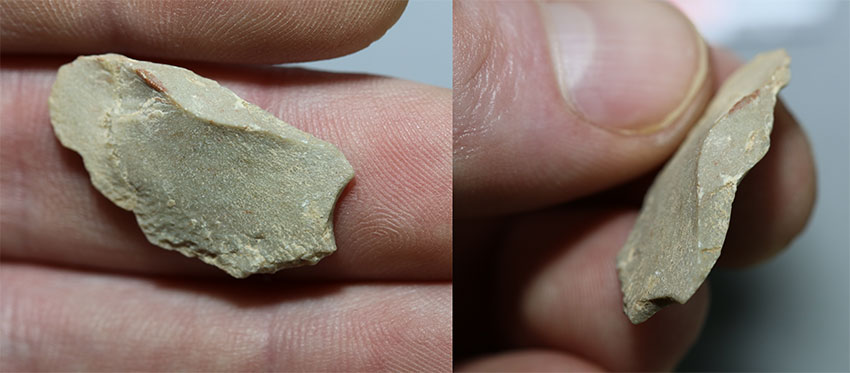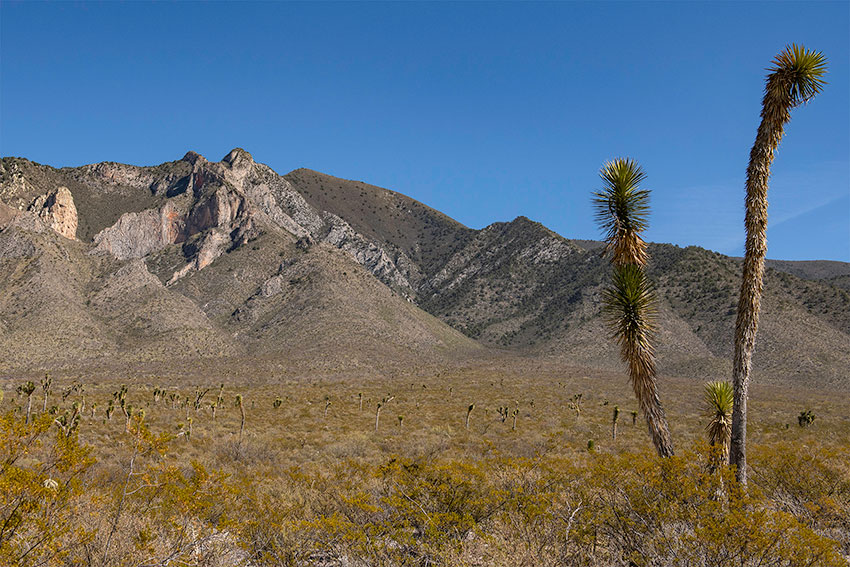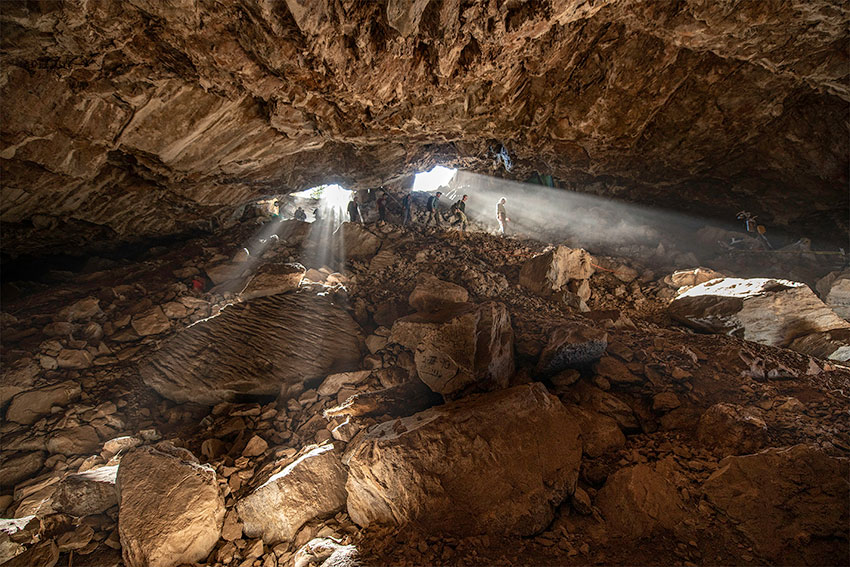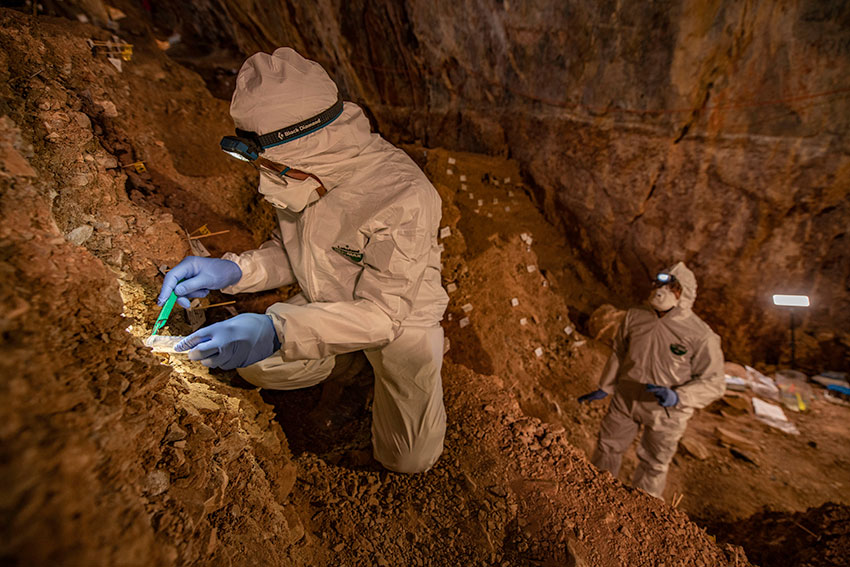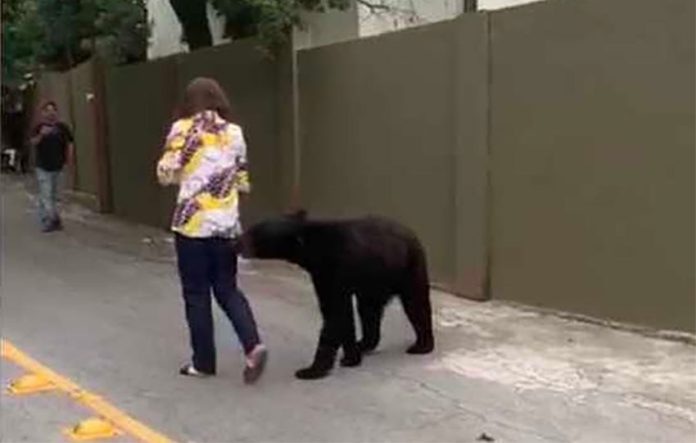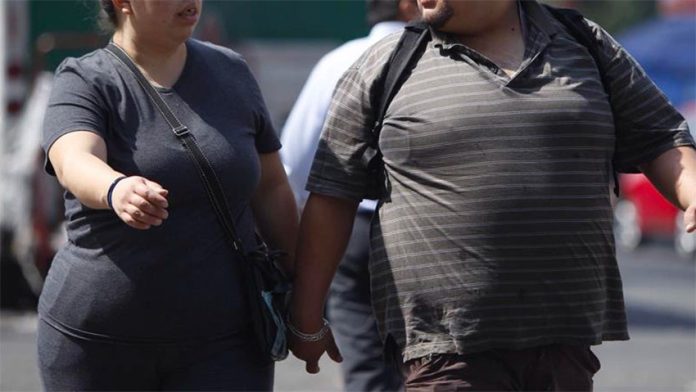New coronavirus infections declined in Baja California and Sonora in recent weeks but increased in Baja California Sur, a senior health official said Wednesday.
Director of Epidemiology José Luis Alomía presented data at the Health Ministry’s coronavirus press briefing showing that estimated new case numbers declined 20% in Baja California between epidemiological weeks 27 and 28, a period which ran from June 28 to July 11.
He said that new infections declined in Tijuana, Mexicali and Tecate in recent weeks, while new case numbers plateaued in Ensenada.
Baja California has recorded 12,259 confirmed coronavirus cases since the start of the pandemic, the 10th highest tally among Mexico’s 32 states. The northern border state currently has 831 active cases, according to Health Ministry estimates.
It has recorded 2,417 confirmed Covid-19 fatalities, the third highest death toll in the country after Mexico City and México state.
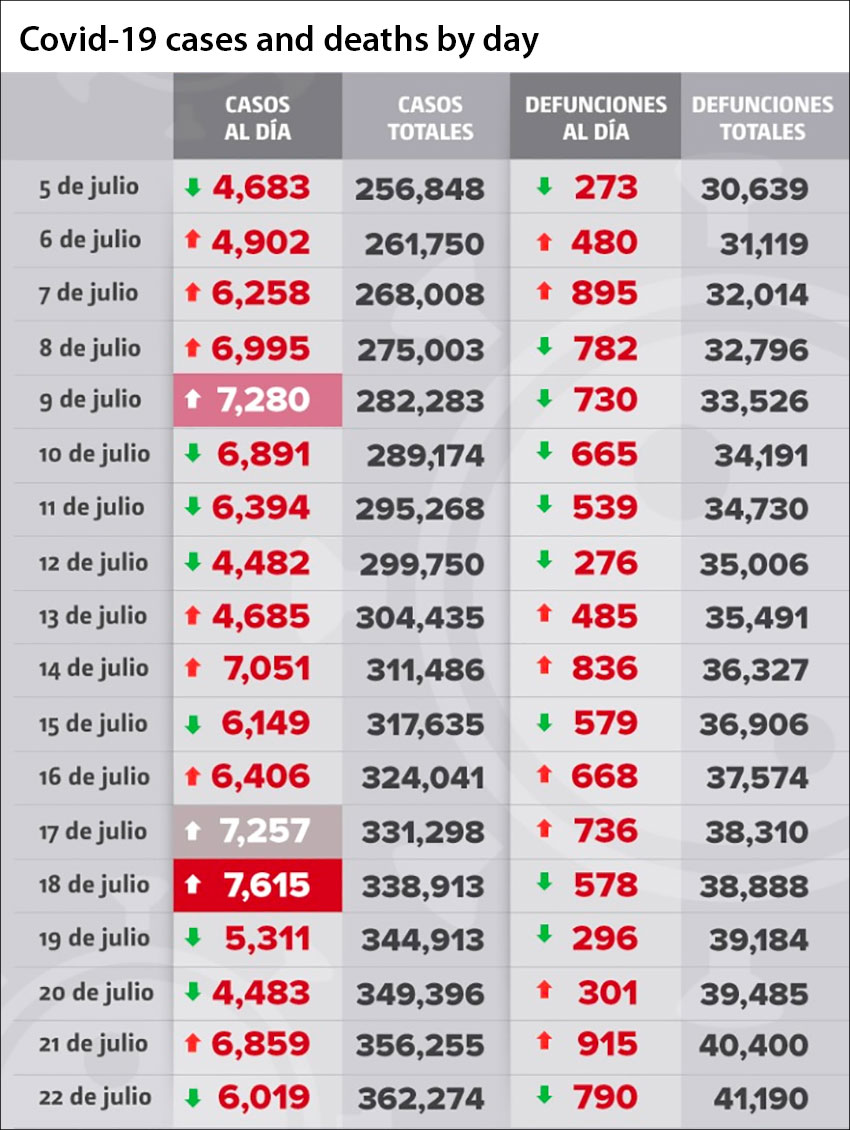
Data shows that 44% of general care beds set aside for coronavirus patients in Baja California are currently occupied while 57% of those with ventilators are in use.
In Sonora, estimated new coronavirus case numbers declined 43% between epidemiological weeks 27 and 28, Alomía said.
New infections declined in recent weeks in the municipalities of Hermosillo, Guaymas, Nogales, Cajeme, San Luis Rio Colorado and Navojoa, he said. New cases declined particularly sharply in Hermosillo, Sonora’s capital and largest city, between weeks 27 and 28.
The northern border state has recorded 15,105 confirmed coronavirus cases, the seventh highest tally in the country. The Health Ministry estimates that Sonora currently has 1,099 active cases. The state’s official Covid-19 death toll is 1,581, the eighth highest total in Mexico.
Data shows that 57% of general care hospital beds and 40% of those with ventilators are currently occupied in Sonora.
In contrast to Baja California and Sonora, new case numbers increased in Baja California Sur (BCS) between epidemiological weeks 27 and 28, with a 27% spike recorded.
New case numbers increased significantly in the municipalities of La Paz, Los Cabos, Mulegé and Comondú in recent weeks while Loreto saw a slight uptick between weeks 27 and 28 that halted a downward trend that had lasted for several weeks.
BCS has recorded 3,343 confirmed coronavirus cases, the fifth lowest tally among the 32 states. The Health Ministry estimates that there are currently 899 active cases in the state, which has the lowest Covid-19 death toll in Mexico at 123 confirmed fatalities.
Four in 10 general care hospital beds are currently occupied in the state while 28% of those with ventilators are in use.
Although BCS has the fifth lowest accumulated tally of coronavirus cases, it currently ranks first for active cases per 100,000 residents, according to an analysis completed by the newspaper Milenio.
The state has 111.7 active cases per 100,000 inhabitants. It is one of 14 states that currently have more active cases per 100,000 residents than the national average of 38.86.
In addition to BCS, four states have more than 70 active cases per 100,000 inhabitants, Milenio said. They are Tabasco, Mexico City, Coahuila and San Luis Potosí.
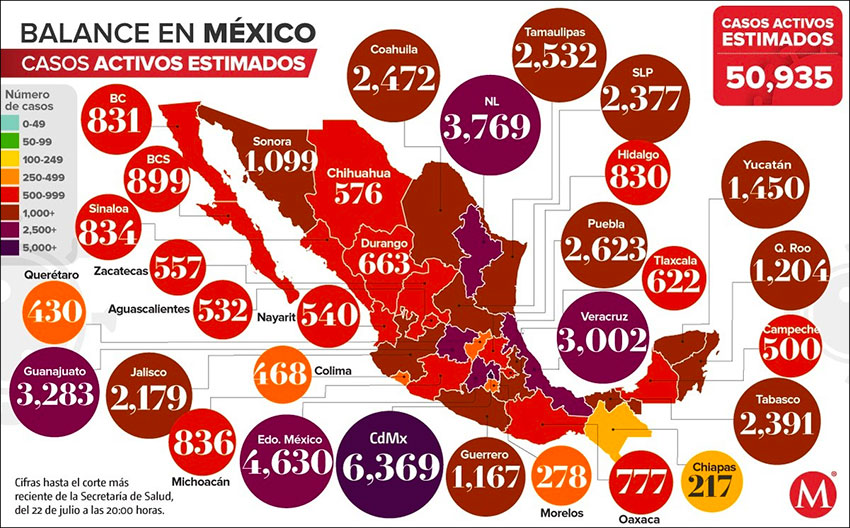
The other states with more active cases than the national average are Guanajuato, Nayarit, Tamaulipas, Nuevo León, Yucatán, Quintana Roo, Campeche, Tlaxaca and Colima.
Chiapas has the lowest number of active cases per 100,000 residents with just 3.78.
Across Mexico, there are currently 30,044 active cases, a figure that accounts for just over 8% of total confirmed cases.
The Health Ministry reported Wednesday that Mexico’s case tally had increased to 362,274 with 6,019 new cases registered. The official death toll rose to 41,190 with 790 additional fatalities reported.
Mexico still ranks fourth for total Covid-19 deaths behind the United States, Brazil and the United Kingdom. Mexico’s fatality rate is currently 11.4 per 100 confirmed cases, well above the global rate of 4.1.
Source: Milenio (sp)
